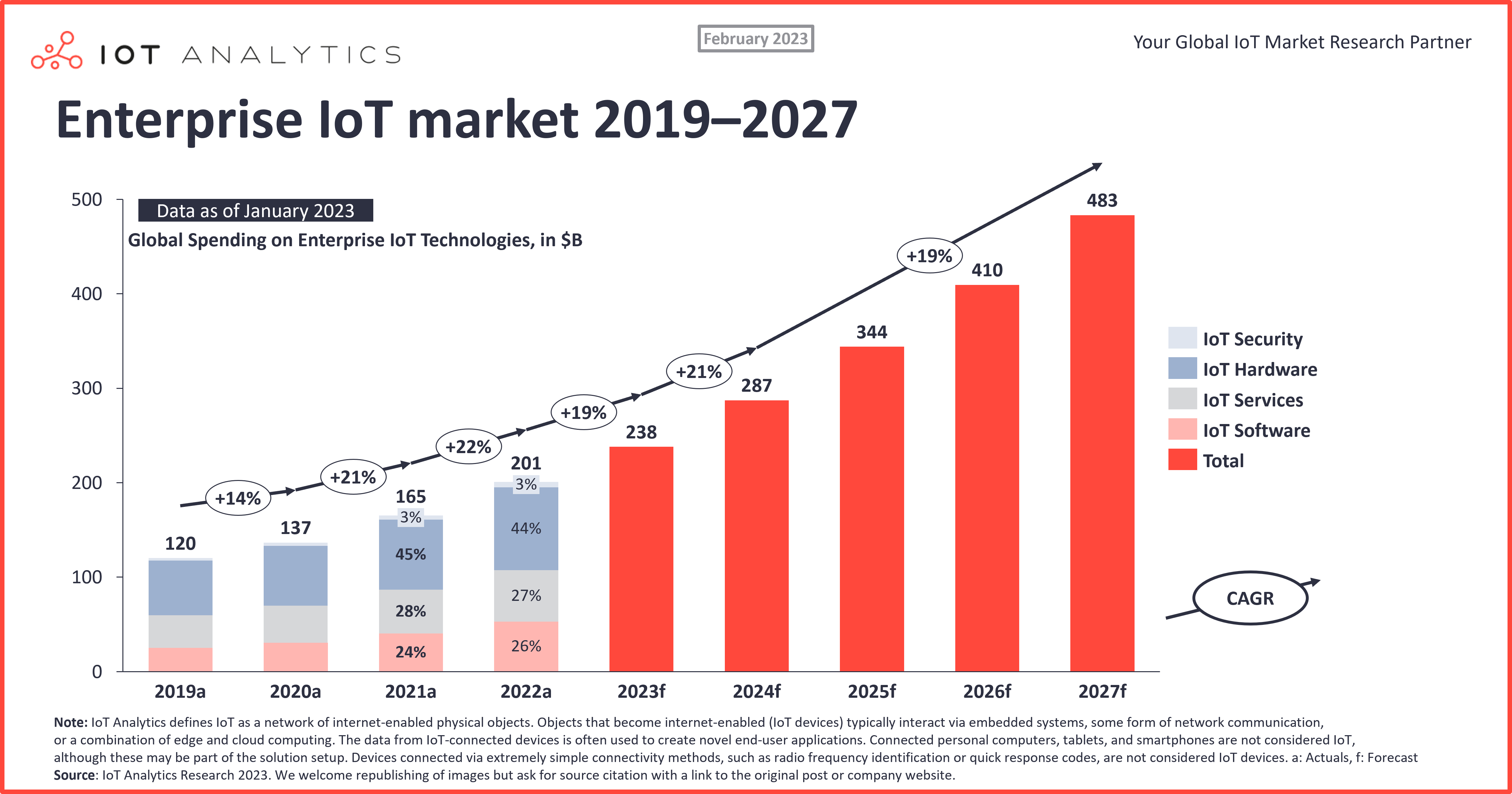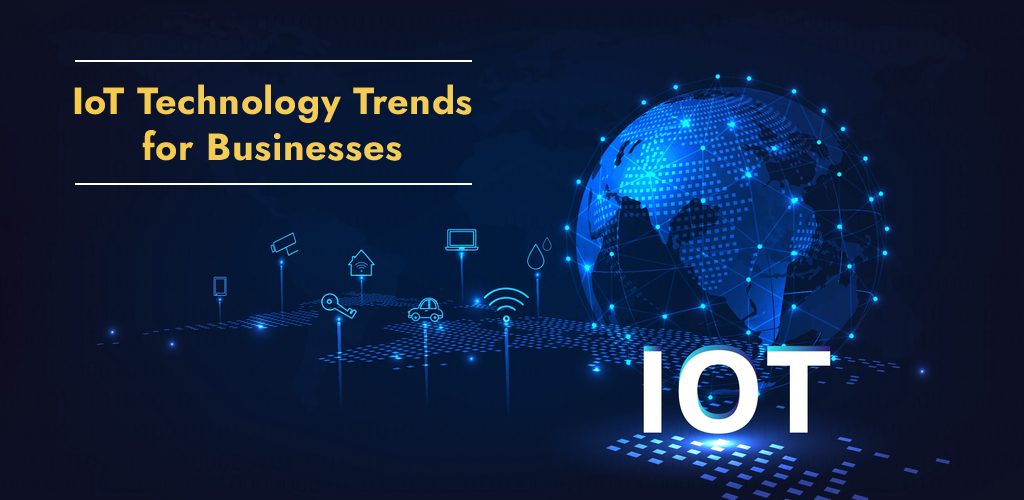DigiLife Technology Trends in IoT Devices: A Comprehensive Overview
Embark on a journey through the realm of DigiLife Technology Trends in IoT Devices, where innovation meets everyday life in fascinating ways. This exploration promises to unveil the latest advancements and their impact on consumer behavior and beyond.
Delve deeper into the evolution of IoT devices, the significance of DigiLife Technology, and the future prospects that await in this ever-evolving landscape.
Overview of DigiLife Technology Trends in IoT Devices

DigiLife Technology in the context of IoT refers to the integration of digital tools and devices into everyday life to enhance convenience, efficiency, and connectivity.
The significance of IoT devices in modern-day living lies in their ability to automate tasks, improve decision-making processes, and provide real-time data for better insights and control over various aspects of daily life.
Examples of Popular IoT Devices under DigiLife Technology
- Smart Thermostats: Devices that regulate home temperature based on user preferences and usage patterns, optimizing energy consumption.
- Smart Home Security Systems: Systems that offer remote monitoring and control of security cameras, alarms, and locks for enhanced safety.
- Smart Lighting: Lights that can be controlled remotely via mobile apps or voice commands, allowing users to create ambiance and save energy.
- Smart Health Trackers: Wearable devices that monitor fitness metrics, sleep patterns, and vital signs, providing insights for better health management.
Evolution of IoT Devices in DigiLife Technology
The evolution of IoT devices in DigiLife Technology has been marked by significant advancements and innovations over the years. From basic connected devices to sophisticated smart gadgets, the journey of IoT devices has been remarkable.
Early IoT Devices vs. Latest IoT Devices
Early IoT devices were limited in functionality and connectivity compared to the latest IoT devices available in the market today. They often had basic sensors and minimal data processing capabilities. In contrast, the latest IoT devices are equipped with advanced sensors, AI-powered algorithms, and seamless connectivity options.
- Early IoT Devices:
- Simple sensors for data collection
- Basic connectivity options
- Limited processing power
- Latest IoT Devices:
- Advanced sensors for precise data monitoring
- Multiple connectivity options like Wi-Fi, Bluetooth, and cellular
- High processing power for real-time analytics
Key Technological Advancements Shaping IoT Devices
The evolution of IoT devices has been greatly influenced by key technological advancements that have shaped their capabilities and functionalities.
- Miniaturization of Components:
Advancements in miniaturization have allowed IoT devices to become smaller and more discreet, enabling seamless integration into various environments.
- AI and Machine Learning:
Integration of AI and machine learning algorithms has enhanced the intelligence of IoT devices, enabling them to learn and adapt to user behavior.
- Edge Computing:
Edge computing has empowered IoT devices to process data locally, reducing latency and enhancing real-time decision-making capabilities.
Impact of DigiLife Technology Trends on Consumer Behavior
The rapid evolution of DigiLife Technology trends, particularly in IoT devices, has significantly influenced consumer behavior in various ways. These advancements have not only changed the way consumers make purchasing decisions but have also played a crucial role in shaping their lifestyles.
Influence on Purchasing Decisions
IoT devices have revolutionized the way consumers shop by providing them with personalized recommendations based on their preferences and behavior patterns. For instance, smart home devices can analyze user data to suggest products or services that align with their needs, leading to more informed and efficient purchasing decisions.
Changes in Consumer Lifestyles
The integration of IoT devices into daily life has brought about a transformation in consumer lifestyles. From smart wearables that track fitness metrics to connected appliances that automate household tasks, these devices have made everyday activities more convenient and streamlined.
Consumers now have the ability to monitor and control various aspects of their lives with just a few taps on their smartphones.
Examples of Transformation
One prominent example of how IoT devices have transformed consumer behavior is in the realm of health and wellness
Additionally, IoT devices like smart thermostats and lighting systems have enabled consumers to create energy-efficient homes, showcasing a shift towards sustainability and eco-conscious living.
Security and Privacy Concerns in IoT Devices of DigiLife Technology
IoT devices in DigiLife Technology bring convenience and efficiency to our lives, but they also come with security and privacy risks that consumers need to be aware of.
Security Risks Associated with IoT Devices
- One major risk is the potential for data breaches, as IoT devices collect and store personal information that can be vulnerable to hackers.
- Another concern is the lack of standard security protocols in IoT devices, making them more susceptible to cyber attacks.
- Unauthorized access to IoT devices can lead to privacy violations, such as unauthorized surveillance or data manipulation.
Tips for Consumers to Safeguard Privacy
- Change default passwords on IoT devices to unique, strong passwords to prevent unauthorized access.
- Regularly update the firmware on IoT devices to patch any security vulnerabilities that may be present.
- Limit the amount of personal information shared with IoT devices and review privacy settings to control data collection.
Importance of Cybersecurity Measures in IoT Devices
- Implementing robust cybersecurity measures in IoT devices is crucial to protect consumer data and privacy.
- Encryption techniques can help secure data transmission between IoT devices and servers, preventing interception by malicious actors.
- Regular security audits and testing can help identify and address vulnerabilities in IoT devices before they are exploited.
Future Prospects and Innovations in DigiLife Technology IoT Devices

The future of IoT devices within DigiLife Technology holds exciting prospects for innovation and integration into everyday life. As technology advances, we can expect to see groundbreaking developments that will further enhance our connectivity and convenience.
Advancements in IoT Devices
- Increased Interconnectivity: IoT devices will become even more interconnected, allowing seamless communication and data sharing between different devices.
- Enhanced AI Integration: Artificial Intelligence will play a more significant role in IoT devices, enabling them to learn user preferences and adapt to individual needs.
- 5G Integration: The rollout of 5G technology will revolutionize IoT devices, providing faster and more reliable connectivity for a wide range of applications.
- Focus on Sustainability: Future IoT devices will place a greater emphasis on sustainability, with eco-friendly designs and energy-efficient features.
Potential Innovations in IoT Devices
- Health Monitoring: IoT devices will continue to evolve in the healthcare sector, offering advanced monitoring capabilities for personalized health tracking.
- Smart Home Automation: Innovations in smart home devices will make it easier to control and manage household appliances, lighting, and security systems.
- Autonomous Vehicles: IoT technology will play a crucial role in the development of autonomous vehicles, enabling seamless communication between vehicles and infrastructure.
- Industrial IoT: In the industrial sector, IoT devices will drive efficiency and productivity through real-time monitoring and predictive maintenance.
Integration into Everyday Life
- Smart Cities: IoT devices will transform urban landscapes into smart cities, offering improved services and infrastructure for residents.
- Wearable Technology: The integration of IoT devices into wearable technology will revolutionize healthcare, fitness tracking, and personal safety.
- Retail Experience: IoT devices will enhance the retail experience with personalized recommendations, seamless payments, and interactive shopping experiences.
- Environmental Monitoring: IoT devices will contribute to environmental conservation efforts through real-time monitoring of air quality, water usage, and waste management.
Ending Remarks

In conclusion, the landscape of DigiLife Technology Trends in IoT Devices is vast and dynamic, offering endless possibilities for innovation and integration into our daily lives. As we navigate through these trends, one thing remains certain: the future holds exciting developments that will continue to shape the way we interact with technology.